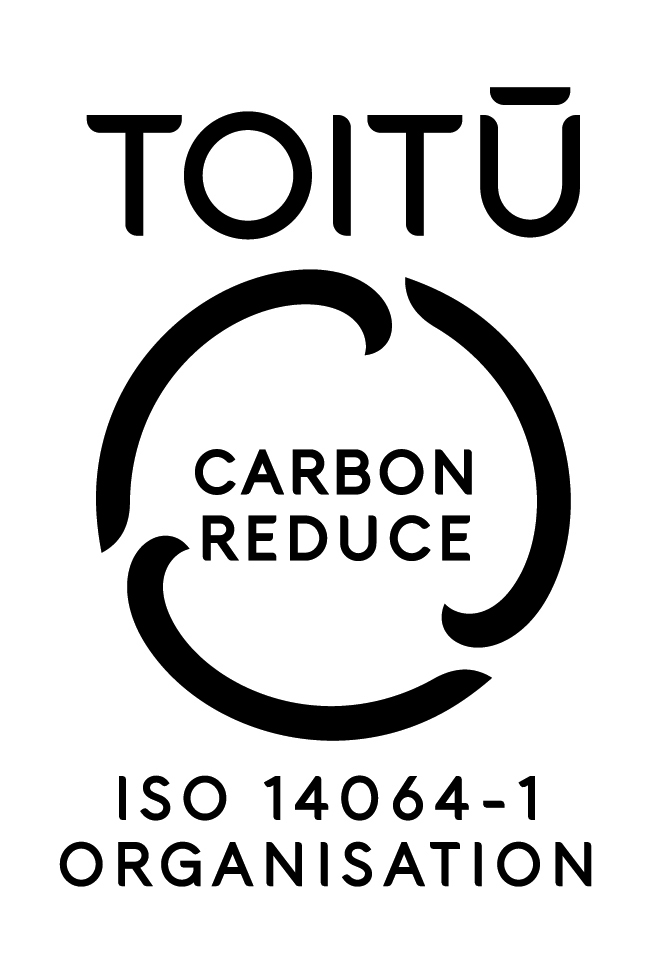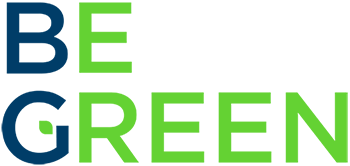Bell Gully is a Toitū Envirocare carbon reduce certified organisation.

Bell Gully's sustainability committee, known as 'Be Green', focuses on how we can use natural resources in a sustainable way, and minimise the environmental impact of our operations. Its objectives include:
- Acknowledging Bell Gully's role in sustainability.
- Educating staff about what they can do.
- Developing relationships with clients with common aspirations.
- Understanding the role of Bell Gully in a zero carbon New Zealand.
We do this by:

Minimising waste
We take steps to minimise waste and recycle materials wherever practicable. Each year, the firm engages in Recycling Week, in conjunction with Reclaim, to highlight and educate our people on what we buy, how we dispose of it and to provide practical advice on how we can all adopt effective recycling habits in order to build towards a sustainable future for New Zealand.
Having a sustainable supplier network
We seek partnerships with suppliers who demonstrate sound environmental values and practices.
The firm has a significant focus on working with suppliers who share sustainability objectives, measure carbon emissions, and allow our people to reduce waste as much as possible.
Wisely using energy and other resources
We seek to improve energy efficiency and conservation wherever possible. We have instituted measures to minimise electricity, gas and water use.


